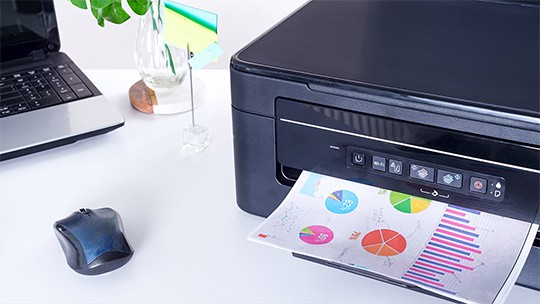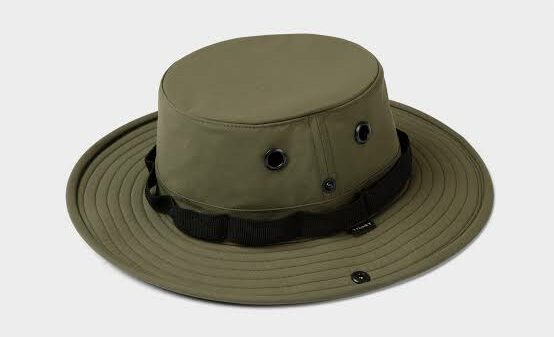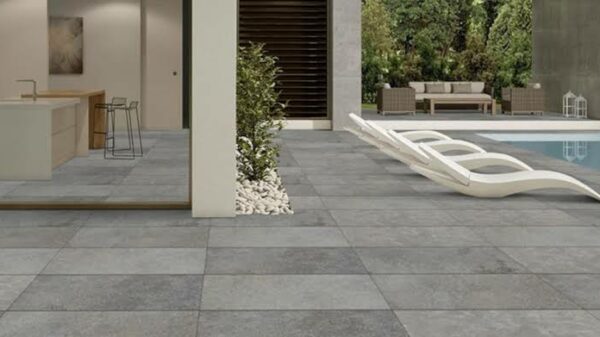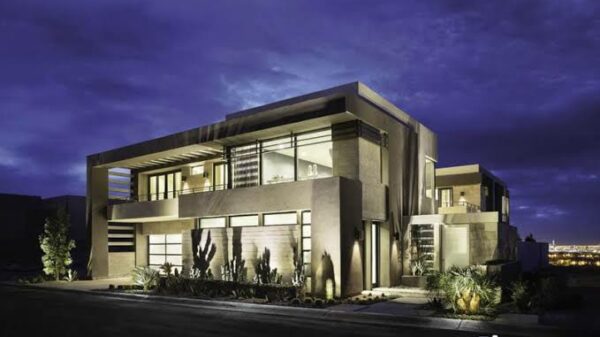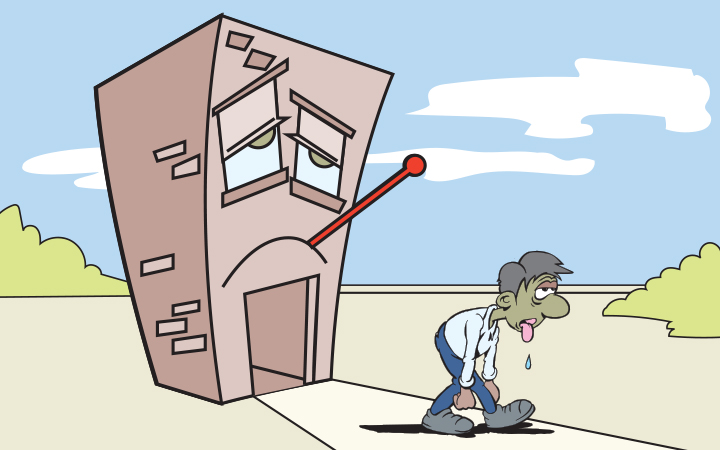Breathing is the most basic life-sustaining task – but did you know that simply breathing could make you sick? Across the globe, over 80% of people who reside in urban areas are breathing air that is not deemed safe by pollution standards.
Each year, an estimated 5.5 to 7 million people die worldwide because of air pollution. Most deaths due to poor air quality take place in developing countries that lack environmental protections; but, first world regions like the United States and parts of Europe are not immune to the effects. The World Health Organization estimates that air pollution shaves one year off the lifespan of Europeans.
Most people associate air pollution with car emissions and smoking – both of which cause their fair share of sickness and death. Outdoor air pollutants are only one piece of the problem, though. Air quality inside matters, too – and it makes a difference in everything from your daily comfort to your overall lifespan.
Defining Sick Building Syndrome
Enter “sick building syndrome” – a phenomenon associated with common illnesses that result from buildings designed without proper ventilation. As the demand for energy efficiency rises in offices, schools, and homes, building developers have created more air-tight buildings. Often, the energy efficient design comes at a cost to ventilation.
Without the right ventilation, dangerous chemicals like carbon monoxide can become trapped in buildings, and then recirculated through heating and air conditioning systems. When air is trapped and full of toxins, it affects the health of the people inside that building. For those with respiratory issues or weakened immune systems, the side effects of sick building syndrome can be quite severe.
What Causes Sick Building Syndrome?
The range of causes for sick building syndrome all lead back to the same problem: poor air quality. This occurs as a result of flaws in heating, air conditioning, and general ventilation systems. Mold growth, chemicals used in lighting, lack of fresh air, outdated or malfunctioning air filtration systems, and contaminants in building materials can all escalate sick building syndrome. Think of it this way: anything inside a building that would be harmful if you touched or swallowed it can also pose an issue if inhaled repeatedly.
Symptoms of Sick Building Syndrome
The signs of sick building syndrome are so varied that people often don’t realize the connection between their symptoms and the air quality where they live, or work. Sufferers frequently think they have an unrelated issue, like a prolonged cold, or allergy — and many cases of sick building syndrome go unreported.
Some of the most common complaints, as classified by the World Health Organization, include:
- Irritation of the eyes
- Skin inflammation
- Difficulty breathing and asthma-like symptoms
- Chronic gastrointestinal problem
There is a higher instance of women reporting these symptoms, likely related to the fact that more women work indoors (statistically speaking). Most symptoms will cease if a person is removed from the environment for long enough, though there is a chance that some neurotoxins will remain. That’s why it’s important to recognize chronic issues, note whether they seem related to visiting a certain location, and see a doctor if they persist.
Eradicating Sick Building Syndrome
With more people becoming aware of negative indoor air quality — and the detrimental health effects it can have — builders are taking note. Along with smoke detectors, carbon monoxide detectors are now commonplace in residential and commercial buildings. In larger office buildings, carbon monoxide detectors are usually accompanied with a fan system, which starts running as soon as a dangerous level of carbon monoxide is detected.
CookFox, an architectural firm in New York City, routinely installs air quality sensors that catch 95% of the dangerous particles floating through office buildings. CookFox designs spaces with individuals in mind, allowing control of airflow at singular desks or cubicles. Other companies are spearheading similar tactics, though the cost of installation is still too high for these measures to become commonplace just yet.
The best, and least expensive, ways for commercial and residential buildings to avoid poor air quality (and its side effects) are to:
- Install carbon monoxide detectors (and regularly check their batteries).
- Install radon sensors (and regularly check their batteries).
- Change air filters on furnaces and air conditioning units, according to manufacturer recommendations (for homes this is at least once per month). People who use air filters have 30% lower amounts of the C-reactive protein associated with inflammation.
- Schedule regular maintenance. Make sure HVAC professionals inspect your air conditioning units and furnaces on a regular schedule, to look for potential air quality issues.
- Remove obvious water damage, like water-soaked ceiling tiles or carpet.
- Use fans. People who live and work in places that use ceiling fans (or other fans) to circulate air suffer 75% less infectious diseases.
- Install HVAC air cleaning systems that are designed to remove VOCs.
- Vacuum regularly with a HEPA filter machine that can collect particles.
- Open windows to allow fresh air to enter homes and offices whenever possible.
- Use natural lighting in the home and workplace.
Be Aware of Your Air
While outdoor air contaminants get a lot of coverage for their negative effects, the reality is that the air inside can harm you too – and most people spend more time indoors.
The first step to avoiding sick building syndrome is gaining awareness of what causes it, and how to recognize the symptoms. The next step is for consumers – both individual homeowners and businesses – to demand better quality building designs that support healthy air initiatives. For those homes and offices that have already been built, you can take the proactive steps listed above to protect your health and the health of those who live and work with you.
Kevin Burns is the President of Bob Jenson Air Conditioning in San Diego with over 29 years of experience in the HVAC Field. He has worked in every aspect of the industry and has trained dozens of people. He has a passion for doing what’s right for each home and customer and sets this standard for his entire team.





